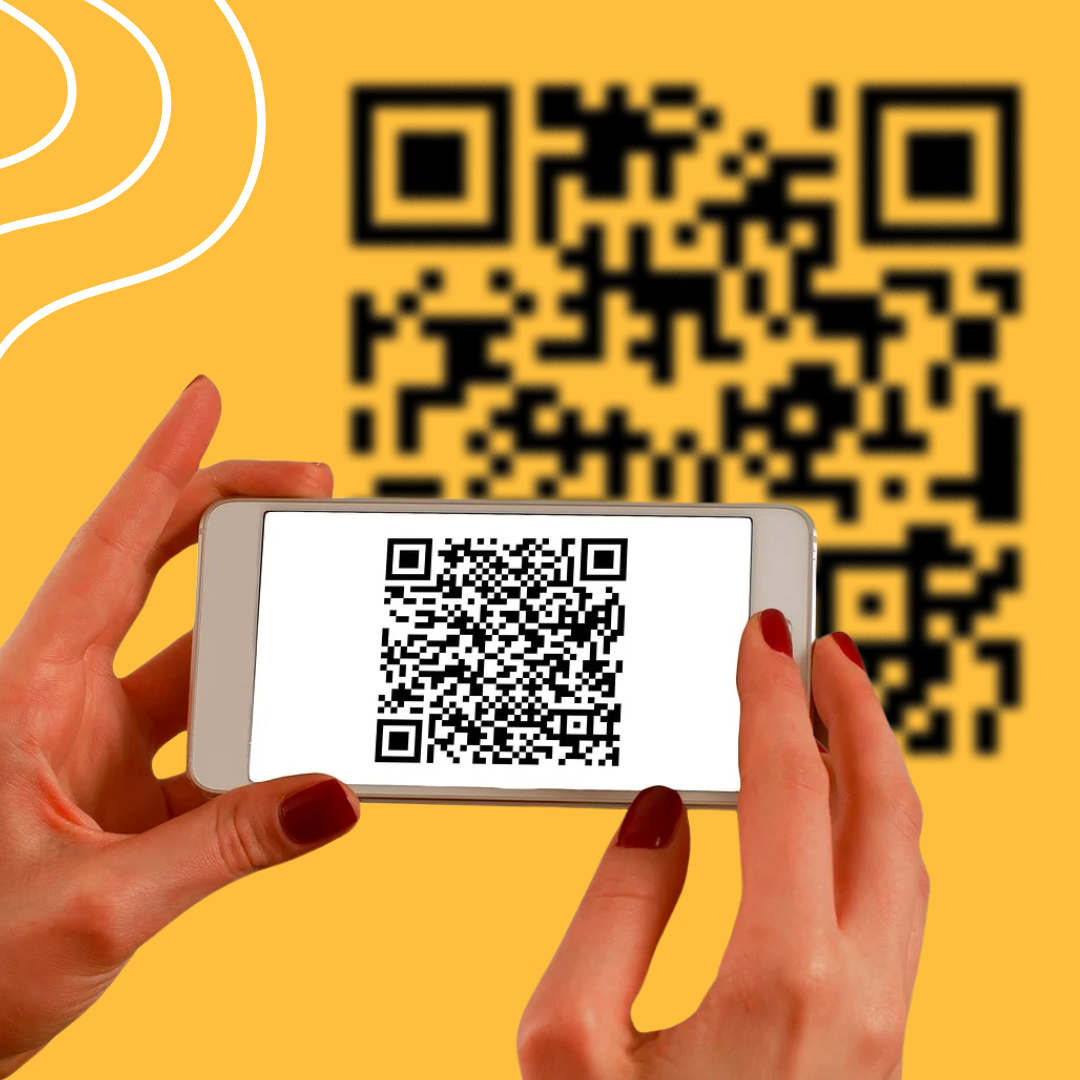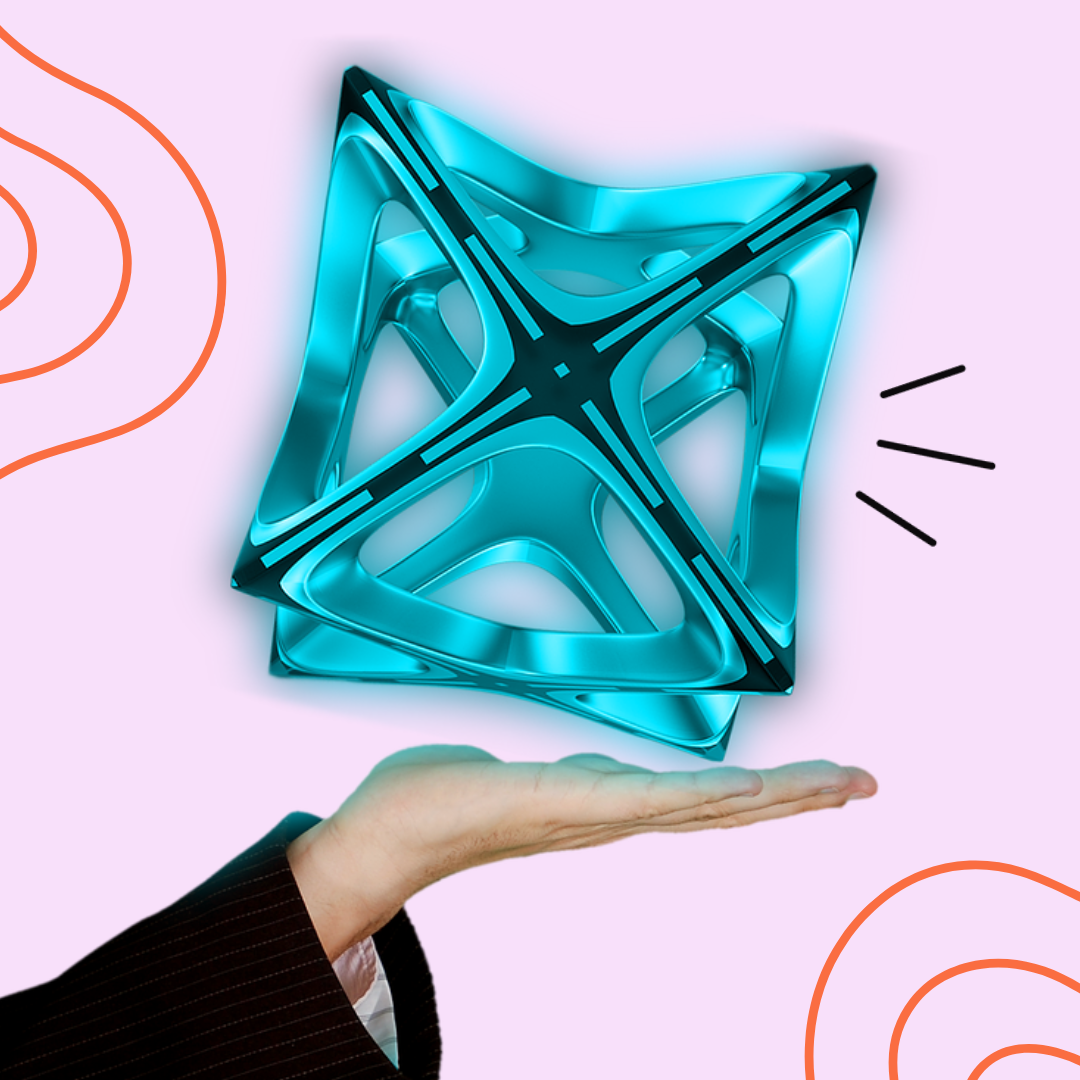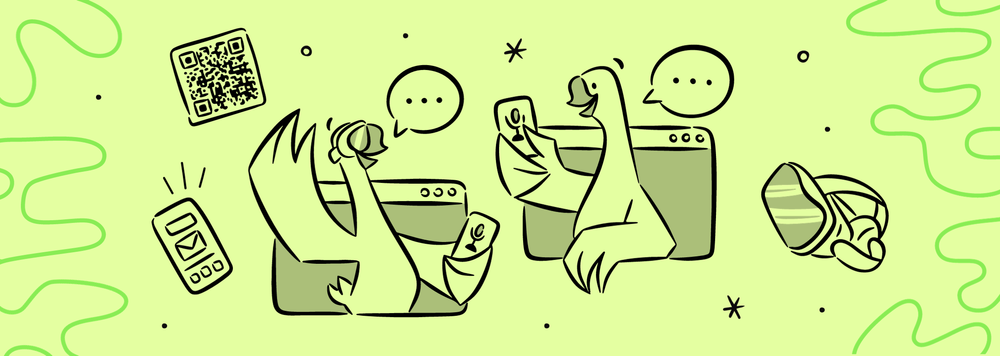The Future of Event Technology: Trends Revolutionizing the Industry in 2024
Event technology trends are revolutionizing the world of corporate events. Businesses that fund and organize events such as trade shows, gala dinners, seminars, and corporate parties can make use of event technology to ensure everything runs smoothly. It can also make events more exciting, accessible, and engaging.
As event technology evolves, businesses have more resources to plan and organize corporate activities, as well as employee engagement events.
What Is Event Technology?
Event technology is technology that is related to planning and organizing events. It can be used by event planners as well as event venues. Event technology makes event planning more streamlined, as well as making things more convenient for guests.
One of the great things about event technology is the creativity it allows. Using tech such as VR and QR codes can add a new and interesting aspect to an event. Event technology facilitates out-of-the-box thinking. Event planners can more easily cater to their guests and plan an immersive event that gets people talking.
Top Event Technology Trends For Event Planners And Venues
Although event technology has been around for a while, it is growing in ease and functionality. As such, we are now seeing businesses and corporations use it in more innovative ways.
Here are the top event technology trends that you should consider harnessing in 2024:
Gamification 2.0 = Interactive Experiences
The gamification options for corporate events are endless. Gamification is the process of incorporating game elements into something, such as work tasks, websites, or events. It can involve collecting virtual points or badges, for example, or completing tasks. It is similar to a reward system that reinforces specific actions or behavior. This is why it is great for training and workplace purposes. It is also great when it comes to content marketing, as gamified content allows customers to discover products/services in a more dynamic and fun way.
In fact, research by Zippia concludes that 90% of employees think that gamification makes them more productive. More still, the same research suggests that gamification increases employee engagement by 44%.
Gamification introduces a competitive element to an event. It can also make it more engaging and fun. Interactive experiences are a brilliant example of how gamification can be used at an event to not only spark competition, but encourage teamwork and socialization. You can run a totally personalized Experience for your participants on an app like Goosechase, and have guests complete tasks for points. While they think they’re just having fun and mingling with other guests, in reality the tasks can be moving them around the venue, chatting with exhibitors, and hitting your event’s objectives. The winner receives a prize, either physical or virtual, and your event is more of a success!
Real-time translation
Live translation event technology brings down the barrier that stops you connecting with people who speak different languages. If you’re hosting an event such as a seminar, whether in person or using technology such as a conference call app, it is important that you get your core messages across to everyone effectively. You can achieve this with live translation technology.
Live translation is more convenient and economical than using interpreters. It provides real-time translations in any modern-day language you need.
Virtual reality and augmented reality
Virtual reality and augmented reality are impressive technological developments. Although incorporating VR and AR into your corporate event can be costly, doing so is a revolutionary trend that is sure to give your event that “wow” factor you’re hoping for.
To show the growing interest in VR, Statista predicts that the VR market will grow to more than $2.2 billion by 2025. This is a significant increase from 2022’s $12 billion market size.
VR and AR can be used for remote events as well as in-person events. The event technology will transport your attendees to a virtual world in whatever form you choose. This is where your creativity can really shine through. Depending on the type of event you are planning, consider creating a short promotional video teaser of the exciting event and distribute it to your guest list.
Businesses can use VR and AR for activities such as escape rooms for team-building events. Or, use it to provide your employees with interactive training sessions. Additionally, VR and AR can be used to spice up a conference by providing an interesting backdrop and storyline. Your audience might all be based in area code 956, but you can take them to outer space! Not only will this make the conference more enjoyable, but it will also make it more memorable.
QR codes
QR codes (short for Quick Response codes) are used for all sorts of things. They are on menus, coupons, and leaflets. They can even be on an important document such as a reporting data warehouse guide. QR codes are scannable codes that contain information. The camera on most smartphones can scan and interpret this information and present it to you in a predetermined format.

QR codes are a technology that is being leveraged by industries all over the world and for more purposes than you can probably think of. One such purpose is event planning and execution.
Use QR codes to provide an interactive experience. Instead of handing out programs or manuals for your contact center service, for example, have your guests scan a QR code so that they can access the information on their phones. Or, create a QR code for people to access your business card, a map of the venue, or to check in to the event.
Another great idea of how to use QR codes for your event is for gathering feedback. At the door, have a QR code that attendees can scan. This could take them to a questionnaire or form where your audience can share their feedback of the event. Having these insights can help you to make your event even better next time by addressing any issues.
Event diagramming
With event diagramming, you use special software to organize your event. This exciting and innovative software allows event planners to build and organize a 3D diagram of their corporate event within their chosen venue. Much more convenient than pencil and paper, this revolutionary trend is the future of event planning.
Event diagramming software is everything that innovative technology should be. It is realistic, easy to use, and incredibly useful. Planners can use the software to build a visual representation of their event so they can see their creation before it happens. Play around with furniture, objects, floor plans, and seating plans. Read more about remote access to make the most of working on the go, even when you only have your phone with you.
Holograms
Holograms are an impressive addition to any event. They use laser technology to project a 3D image. You can also incorporate audio into your holographic display for an ultra-realistic experience.

According to a report by Markets and Markets, the digital holography market is predicted to be worth $5.4 billion by 2024. The impressive immersive technology is used for all sorts of purposes including military mapping, medical training, and creating beautiful works of art.
Using holograms in your event to share information is a way to ensure you grab your audience’s attention and provide a memorable experience. Holograms can be adapted to suit any sized venue or space. Use holographic technology to educate, inform, or showcase your new products or ideas.
Digital photo booths
Digital photo booths are a hot trend for event planners. They are great for marketing your event. Attendees can record and share branded videos and photos of your event, company, or products.
Photo booths are a form of user-generated content that can greatly increase awareness and exposure. For example, event planners can encourage guests to take branded selfies in the online booth and share them across social media channels.
As well as being fantastic for promoting your brand, digital photo booths can also improve your organic SEO. More still, they are a fun and engaging way to gather feedback and testimonials.
Digital invitations
In our increasingly digital world, you’ve likely noticed more businesses implementing omnichannel technology (what is omnichannel contact center software?) to manage communications efficiently. So it’s no surprise that digital event invitations are becoming popular too.
With a traditional paper invitation, it takes time to send and receive a response. As well as that, having a large number of guests can make keeping track of numbers difficult and time-consuming. You will need to have a strong organizational system in place to ensure that every accepted invitation is logged and catered for.
Digital invitations are far more convenient. Not only can you send them instantly, but you can also create beautiful designs that incorporate strong company visuals, for example your logo and brand colors. On top of this, digital invitations can be accepted and organized with ease.
If you send your digital invitations through email, you can simply move those who accept into a purposefully-created folder. Using an invitation app, however, is even more convenient, and lets you store and organize all kinds of information about your guests. Your event planning process will be more streamlined and simplified.
To get the most out of event technology, keep up-to-date with the latest technology developments. New technology can enhance event experiences and help you communicate your company’s forward-thinking attitude and modernity. Use it to plan, organize, and engage guests at your next event.





